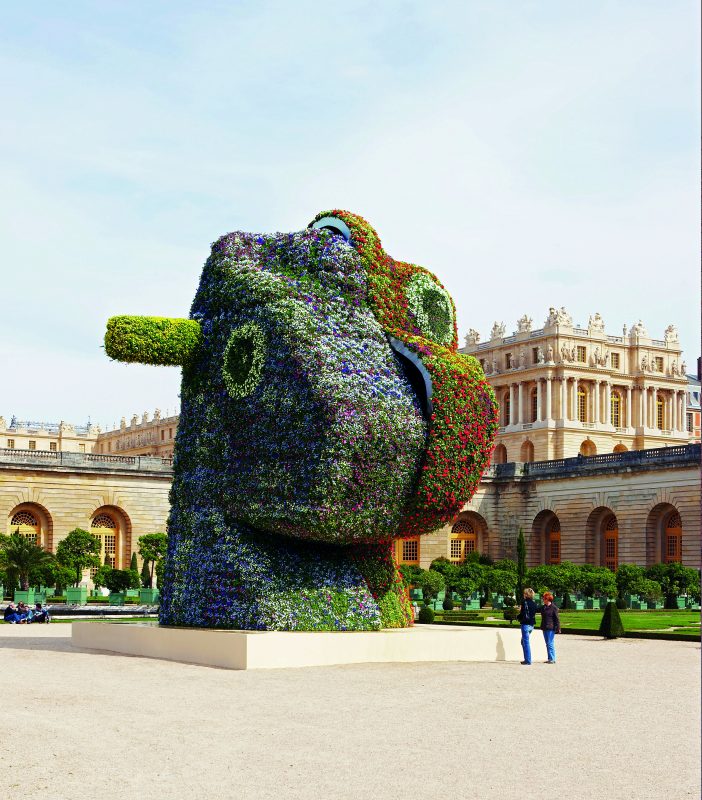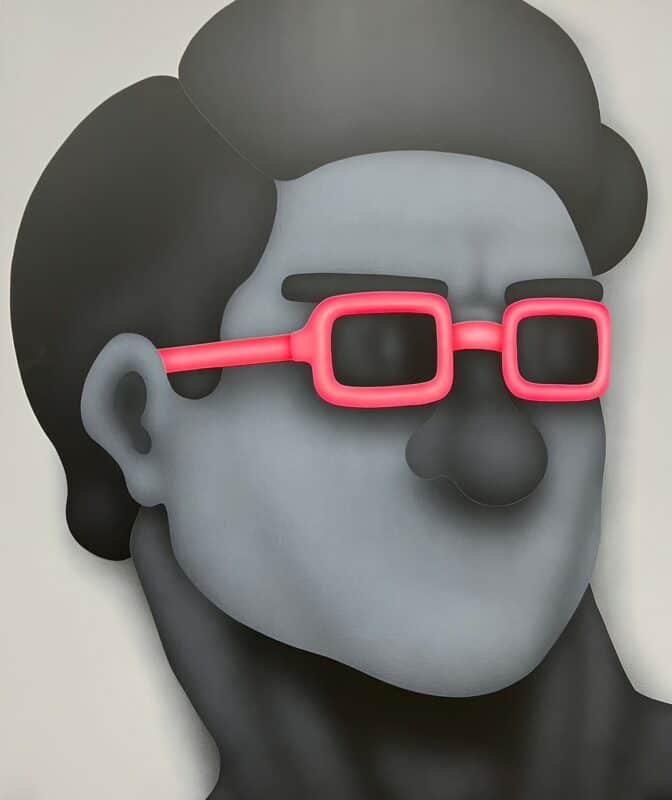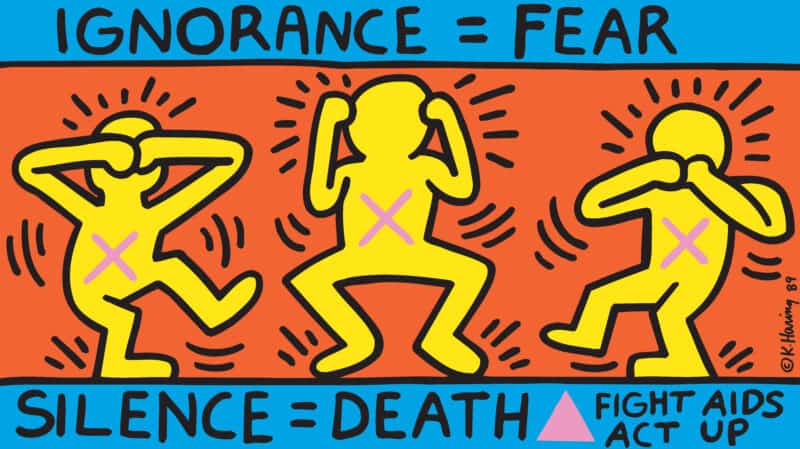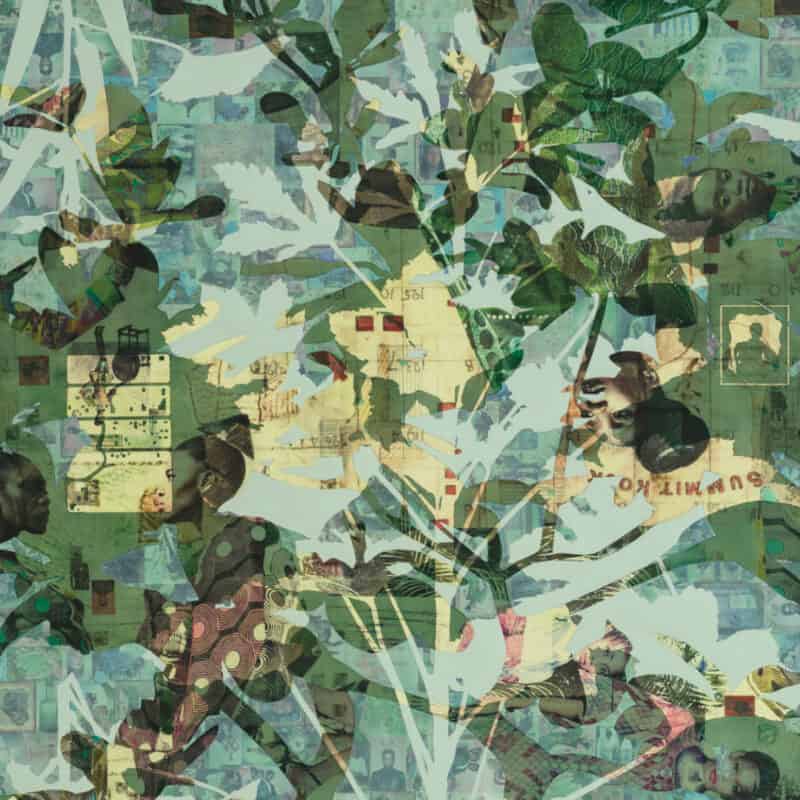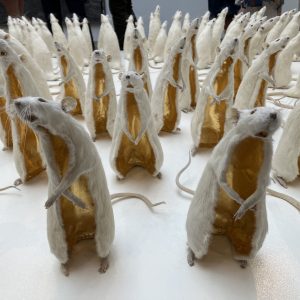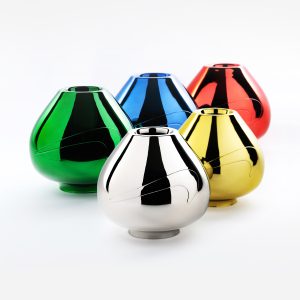The Los Angeles County Museum of Art (LACMA) announces 10 new acquisitions for its permanent collection during the museum’s 37th Collectors Committee fundraiser. Led since 2009 by LACMA trustee, Collectors Committee Chair, and Acquisitions Committee Chair Ann Colgin, the event took place over two days and included art presentations by LACMA curators, private dinners in the homes of museum supporters, and a gala dinner and auction. This year, 70 members raised over $2 million for art acquisitions. The 2023 event was generously sponsored by Bank of America and Cartier.
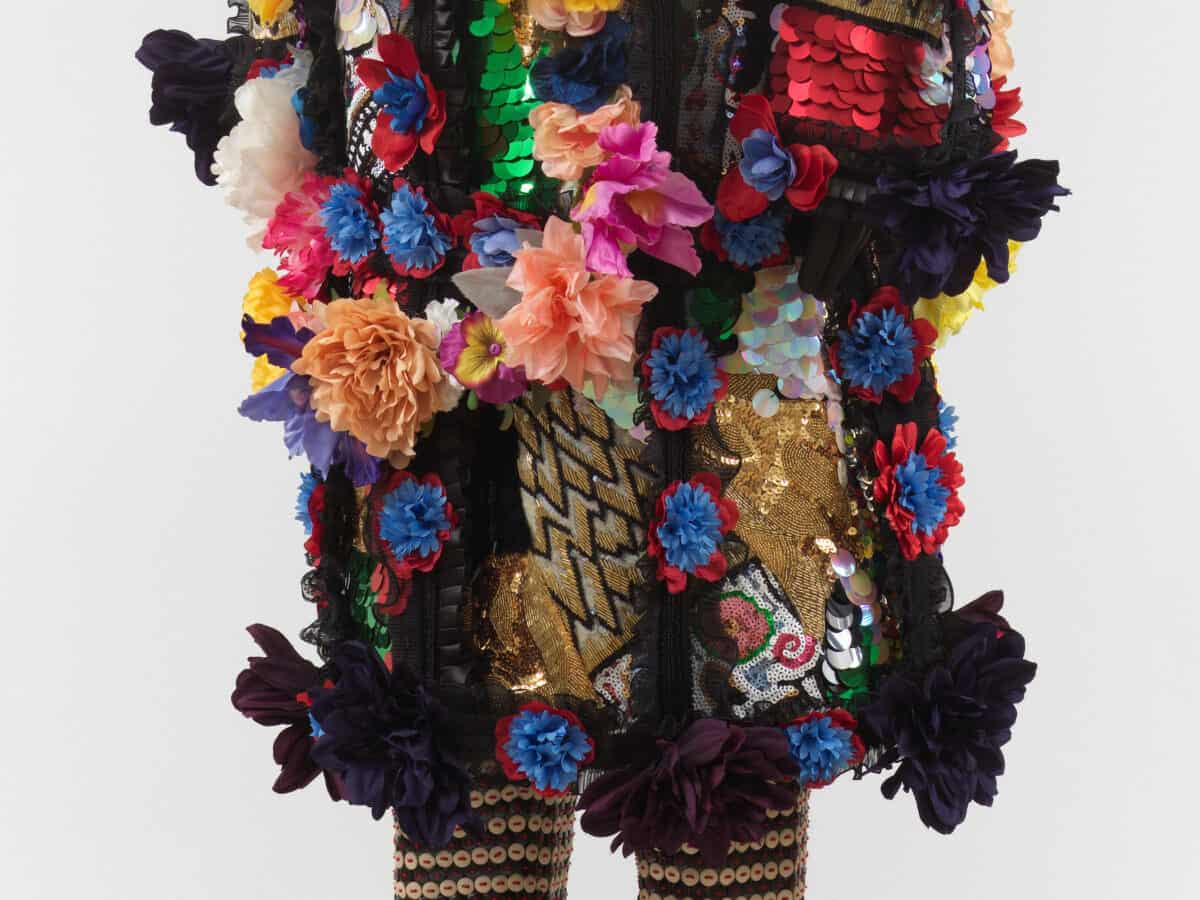
Funds for artwork acquisitions were raised through Collectors Committee membership dues, with additional funds provided by The Buddy Taub Foundation, Jill and Dennis Roach, Directors, the Ducommun and Gross Endowment, the Robert Gore Rifkind Foundation, Beverly Hills, CA, and LACMA trustee Wendy Stark. A live auction of six lots, conducted by Ann Colgin, added another $765,000 to the acquisition funds.
While Collectors Committee members customarily vote for which artworks to acquire for the museum, this year’s auction proceeds, combined with record-setting membership dues, enabled the outright purchase of all proposed acquisitions. With the remaining funds, Director Michael Govan proposed the acquisition, pending board approval, of an additional work—View Count (2021) by Los Angeles artist Analia Saban, which committee members enthusiastically supported.
I am thrilled with the unprecedented success of this year’s Collectors Committee and the beautiful artworks that will join LACMA’s collection, thanks to all of the committee members
said Ann Colgin.
I’m also grateful to all of the hosts, chefs, and vintners who contributed to the Friday evening dinners, to the curators for their wonderful scholarship, and to the LACMA staff for everything they do to make this event possible.
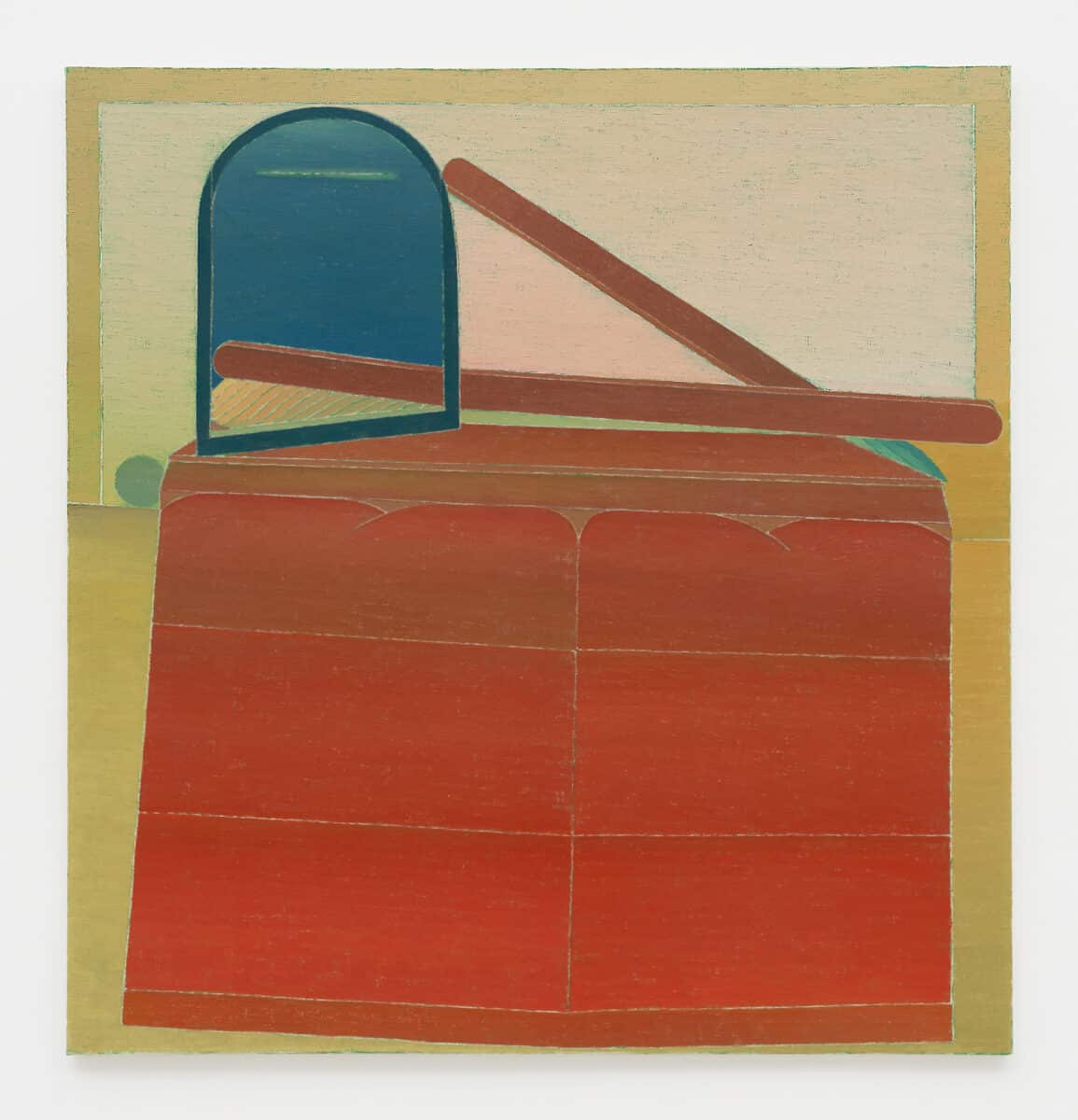
Collectors Committee is an essential source of support for LACMA’s collection, and has enabled transformative acquisitions in all of the museum’s curatorial areas
said Michael Govan, LACMA CEO and Wallis Annenberg Director.
This year’s acquisitions are no exception, and each will have a lasting impact on LACMA and the people we serve.
Collectors Committee Weekend
Since 1986, Collectors Committee weekend has been one of the museum’s most important fundraising events and continues to enable major acquisitions for every area of its encyclopedic collection. This year’s acquisitions bring the number of works acquired through the event to 256, with donations totaling more than $49 million.
The weekend began with members attending one of five dinners in the homes of LACMA trustees and patrons on Friday, April 21 (details below), prepared in person by renowned chefs and paired with wines from notable vintners.
On the morning of Saturday, April 22, members attended a viewing of the proposed artworks at LACMA followed by curator presentations. At the Collectors Committee gala that evening, emceed by Ann Colgin and LACMA trustee Ryan Seacrest, committee members enjoyed a special dinner prepared by chef Joachim Splichal and Patina Restaurant Group, with wine generously provided by Wally’s. Additional beverages were provided by FIJI Water and POM Wonderful and Krug Champagne.
For every Collectors Committee, an artist whose work is in LACMA’s collection creates an edition for committee members who donate at the highest levels. This year, artist Tacita Dean created a limited-edition print titled Sakura Weeping (small).
Acquired Artworks
The 2023 Collectors Committee made possible the following acquisitions:
One of the finest paintings attributed to Bernardo Polo, Still Life with an Ebony and Ivory Cabinet, Tortoiseshell Chest, and Sweets (c. 1675–1700) showcases luxury objects found in wealthy homes across Southern Europe in the 17th century. Through these exported items and the rare and costly materials needed to make them, Polo directly foregrounds Asian, African, and American trade to, through, and from Spain, as well as the labor of the unnamed artisans who assembled them. Beyond its natural connections to other European still lifes at LACMA, its subject establishes significant dialogues with material in multiple departments across the museum’s collection, including colonial Latin American art and the art of South and Southeast Asia.
Gift of the 2023 Collectors Committee
The Art of the Middle East department acquired a Spanish Capital (11th century) probably from the site of the Alhambra, one of the world’s most famous edifices and the best-preserved palace of medieval Islam, dating from the 13th–15th century. This capital may have been part of an earlier though no longer extant fortified palace built on the same hill, known as Sabikah. Stone architectural elements from earlier, ruined structures were typically repurposed in new constructions, at times as foundational elements that might only be revealed by excavations, or earthquakes and other natural events. Skillfully carved and with exceptional coloring, this capital joins other architectural elements from Islamic Spain in LACMA’s collection, including from the Alhambra itself, and will help the museum engage audiences in the transcultural arts of the Mediterranean, both east and west.
Five Historic Pacific Textiles dating from the 18th–19th centuries continue the growth of LACMA’s collection representing the Art of the Pacific. Each of the five examples showcases the supreme artistry of Pacific makers working with handmade fiber cloth generally identified as tapa, alternately known as kapa in the Hawaiian Islands. Produced from the inner bark of the paper mulberry tree and either left raw or dyed, stenciled, or hand-drawn with vegetal pigments, the barkcloth fabric formed objects necessary for ritual, theater, and spectacle, as well as for everyday use in many Pacific societies. The group includes a small, vivid red Hawaiian kapa collected by John Webber, an artist who traveled on Captain James Cook’s third Pacific voyage (1776–80), as well as a kapa moe, or bedcover, that was once a possession of Queen Ka’ahumanu (1768–1832). Two examples from the small islands of Niue and Futuna illustrate the variety of design and pattern found in Polynesian textile panels. A fifth textile from Samoa, collected by Robert Louis Stevenson, is an example of barkcloths worn by Samoan chiefs and their children to symbolize rank and status.
Miyoko Ito’s Sea Chest (1972) is an exemplar of the artist’s abstract practice of the 1970s, featuring her strange vocabulary of shapes, unusual colors, and off-kilter compositions that hint at landscapes, interiors, and window-like portals, yet remain obdurately abstract. On full display in the LACMA acquisition are the complexity of Ito’s underpainting, the tactility of her brushstrokes, and her subtle modulations of color. Although little-known outside of her hometown of Chicago before her death in 1983, Ito has gained recognition in recent years through exhibitions at the Berkeley Art Museum and Pacific Film Archive and Artists Space in New York. At LACMA, her work complicates and enriches the narrative of postwar abstract art, while also helping to repair a gap in the representation of Asian American artists in the museum’s collection.
Nick Cave’s Soundsuit 8:46 (2022) is the first work by Cave in LACMA’s collection and in any Los Angeles museum. Cave conceived of his Soundsuits series of sculptures as protective layers for Black people after police were acquitted of beating Rodney King in 1992. Soundsuit 8:46 honors George Floyd, paying tribute to his life with a gorgeous suit covered in flowers. The work is titled after the media’s initial, inaccurate reporting of the length of time officer Derek Chauvin knelt on Floyd’s neck. Cave’s Soundsuits are both sculptures and vessels for performance. The elaborate suits also confront the spectacle of Black people’s skin by obscuring class, gender, and race, making bodies impossible to objectify. The sound referenced in the series title signifies the noise the suits make when performers wear them, or the sound they suggest to viewers in quiet galleries. As the artist recalls, when he put on the first Soundsuit he created, “I realized that was the protest—the sound it made. In order to be heard, you gotta make sound.”
Moriguchi Kunihiko’s Kimono, ‘Is? amime mon’y? (Topological Mesh Pattern)’ (2020) showcases the artist’s mastery of y?zen, a traditional freehand paste-resist dye technique, and his innovative designs of progressive gradations of an abstract geometric motif, which earned him the title of “Living National Treasure” from the Japanese government in 2007. Topological Mesh Pattern was informed by Op Art and inspired by the hidden order of the natural world. The limited palette of purple and black, combined with the revitalized age-old technique known as makinori (sprinkled crushed-rice-and-zinc-paste resist) gives a sense of movement to the overall kimono design.
The Latin American Art department acquired an exquisite Cabinet (Papelera); c. 1700) for LACMA’s renowned collection of Spanish American art. Made of highly coveted ebonized wood, the cabinet was likely manufactured in Antwerp and was ornamented in Lima by local silversmiths. It opens up to reveal a set of drawers bedecked with intricate openwork silver applications. The exterior is decorated with a multiplicity of silver ornaments, enhanced with vivid blue and green enamel champlevé work, that mirror one another and cover the piece like a precious skin, creating an entrancing effect. An interior medallion bears a “talking” inscription in Spanish that reads: “I was bejeweled at the behest of my master His Excellency Don Melchor Portocarrero Lasso de la Vega, Count of Monclova.” Monclova served as viceroy of Peru from 1689 to 1705, where he had the cabinet enhanced with Peru’s legendary silver. The work is a brilliant example of how objects could be altered and reactivated as they moved about the world.
Analia Saban’s View Count (2021) features a chalkboard that manually tallies the number of people who view it in person. Each time View Count is exhibited, the count will continue to grow. The audience thus becomes part of the work, and their physical presence and engagement are central to its concept. Saban is an artist who explores the impact of technology on the art-making process and how our art consumption of images has been affected by the hyper-computerization of culture.
Gift of the 2023 Collectors Committee with additional funds provided by The Buddy Taub Foundation, Jill and Dennis Roach, Directors
The Modern Art department acquired the museum’s first painting by one of Surrealism’s most important inventors—Max Ernst’s The Entire City (1935). In the years leading up to World War II, Ernst’s art continued to reflect the menacing atmosphere of war. This work uses grattage (a technique that Ernst contributed to Surrealism, of rubbing and scraping paper and paint to produce an image) to define the citadel. This bleak urban ruin, devoid of human population, is spare and mysterious. The Entire City will become a critical link in LACMA’s growing collection of Surrealist painting and sculpture, and is the first painting by Ernst in a public Los Angeles collection.
Gift of the 2023 Collectors Committee with additional funds provided by the Ducommun and Gross Endowment, the Robert Gore Rifkind Foundation, Beverly Hills, CA, and Wendy Stark
Chicago-based artist Theaster Gates asserts that clay and vessel-making have been foundational and sustaining to his work. Gates studied ceramics as an undergraduate at Iowa State University and apprenticed with Japanese potter Koichi Ohara in Tokoname, Japan. Vessel #12 (2020), comprising a hand-coiled, manganese-glazed stoneware vessel on a pedestal of reclaimed ash, references both the quintessential forms of Tokoname ware and the vessels of the enslaved Black potter David Drake. One of very few named Black potters in the 1850s, Drake famously wrote short couplets on his pots, demonstrating his literacy and poetic gifts at a time when enslaved people were legally forbidden to read and write. Gates channeled Drake’s defiance on Vessel #12 by inscribing the ownership deed of a Chicago building that the artist has donated to his non-profit—asserting a permanent Black autonomy in physical space. Rich with references to Gates’s personal history and the history of ceramics broadly, Vessel #12 is the museum’s first work by the artist in his fundamental medium of clay, and will complement LACMA’s deep holdings of modern and contemporary art and ceramics.
